Policies and state-value functions
Reinforcement Learning with Gymnasium in Python

Fouad Trad
Machine Learning Engineer
Policies
- RL objective → formulate effective policies
- Specify which action to take in each state to maximize return
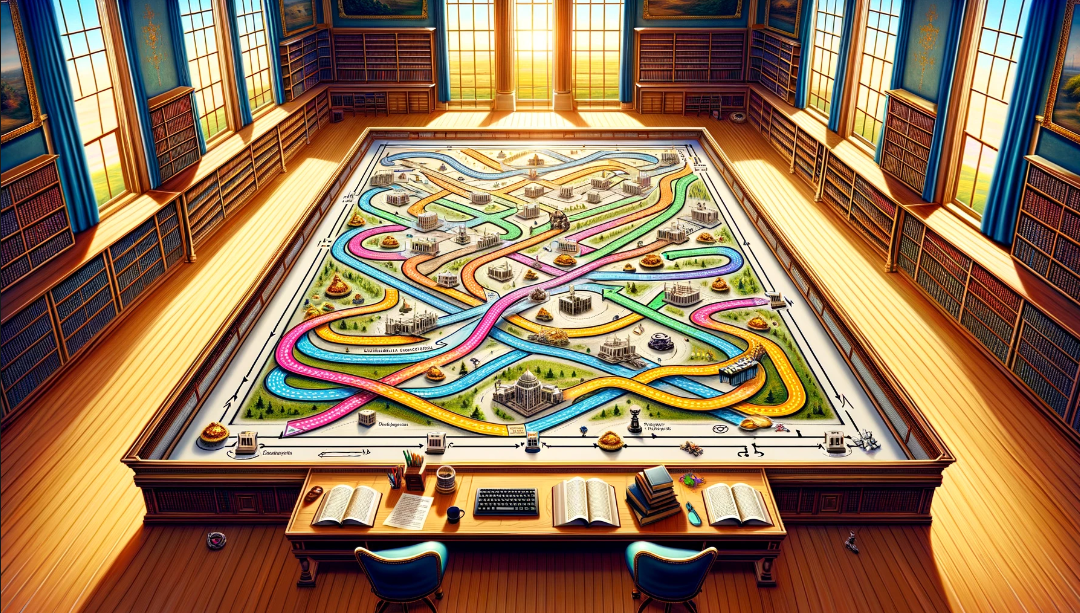
Grid world example
- Agent aims to reach diamond while avoiding mountains
- Nine states
- Deterministic movements
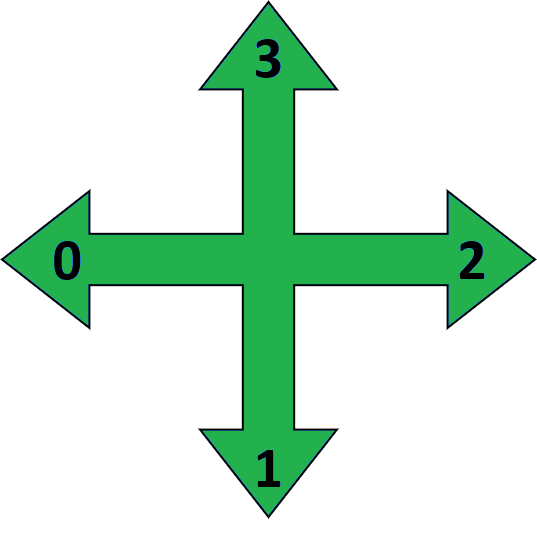
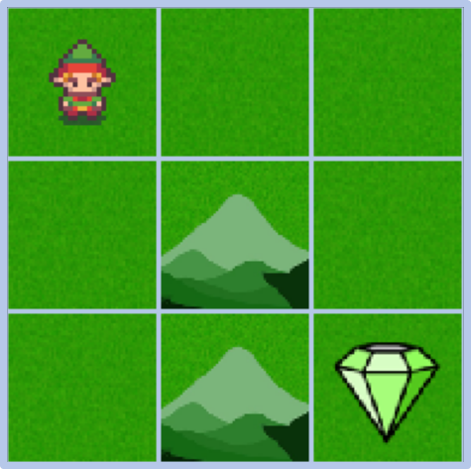
Grid world example - rewards
- Given based on states:
- Diamond: +10
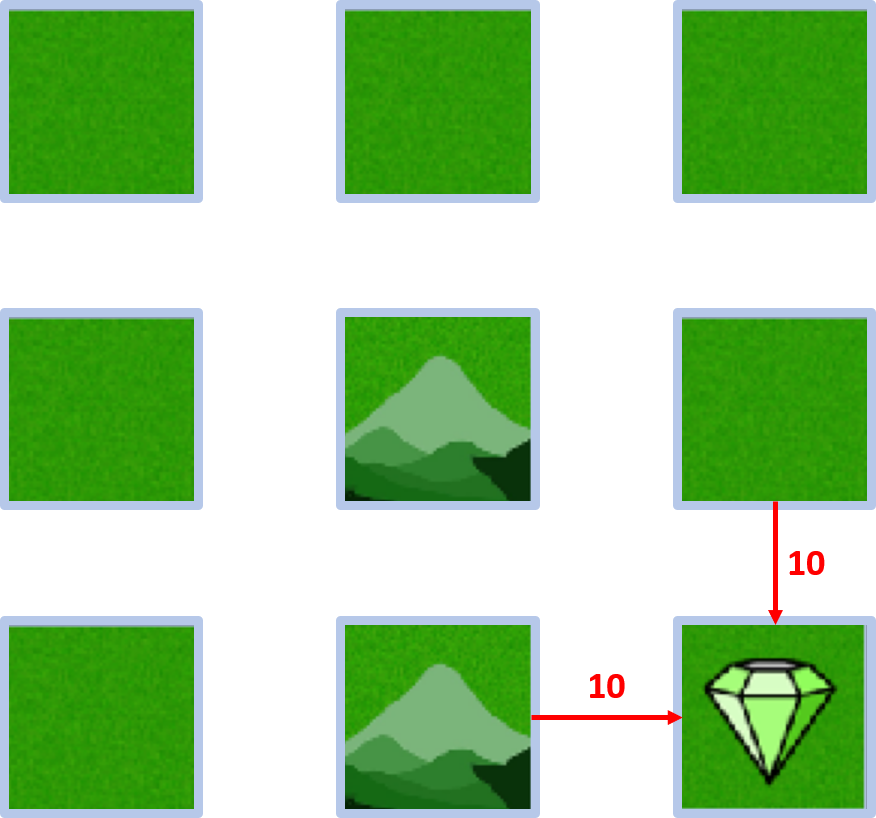
Grid world example - rewards
- Given based on states:
- Diamond: +10
- Mountain: -2
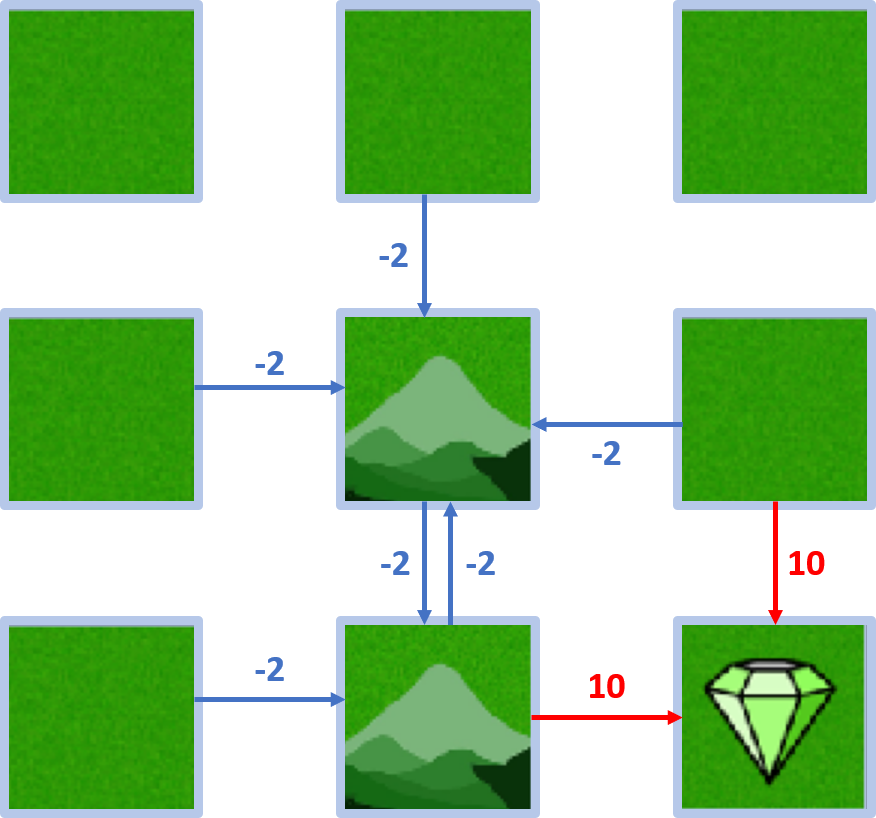
Grid world example - rewards
- Given based on states:
- Diamond: +10
- Mountain: -2
- Other states: -1
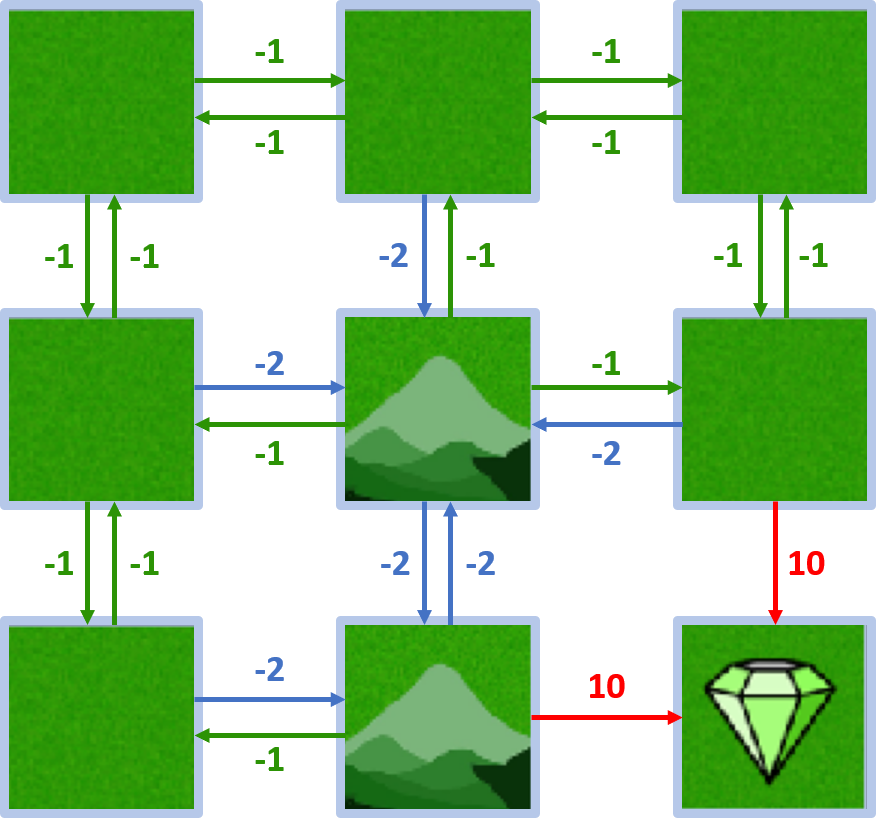
Grid world example: policy
# 0: left, 1: down, 2: right, 3: up policy = { 0:1, 1:2, 2:1, 3:1, 4:3, 5:1, 6:2, 7:3 }state, info = env.reset() terminated = False while not terminated: action = policy[state] state, reward, terminated, _, _ = env.step(action)
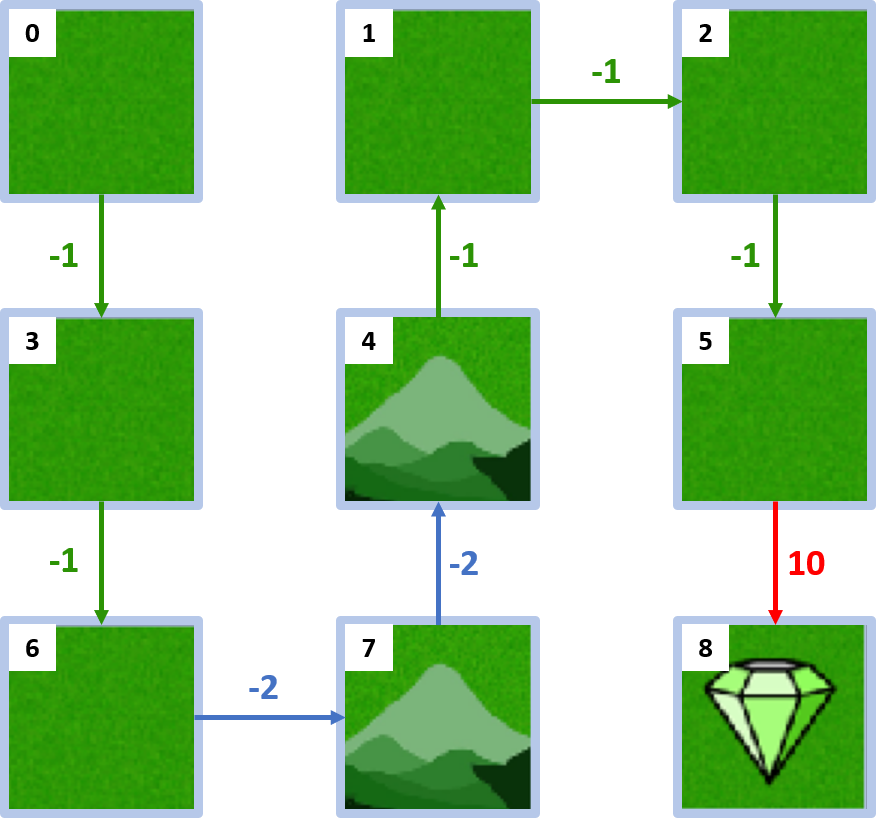
State-value functions
- Estimate the state's worth
- Expected return starting from state, following policy

Grid world example: State-values

- Nine states → nine state-values
- Discount factor: $\gamma = 1$
Value of goal state
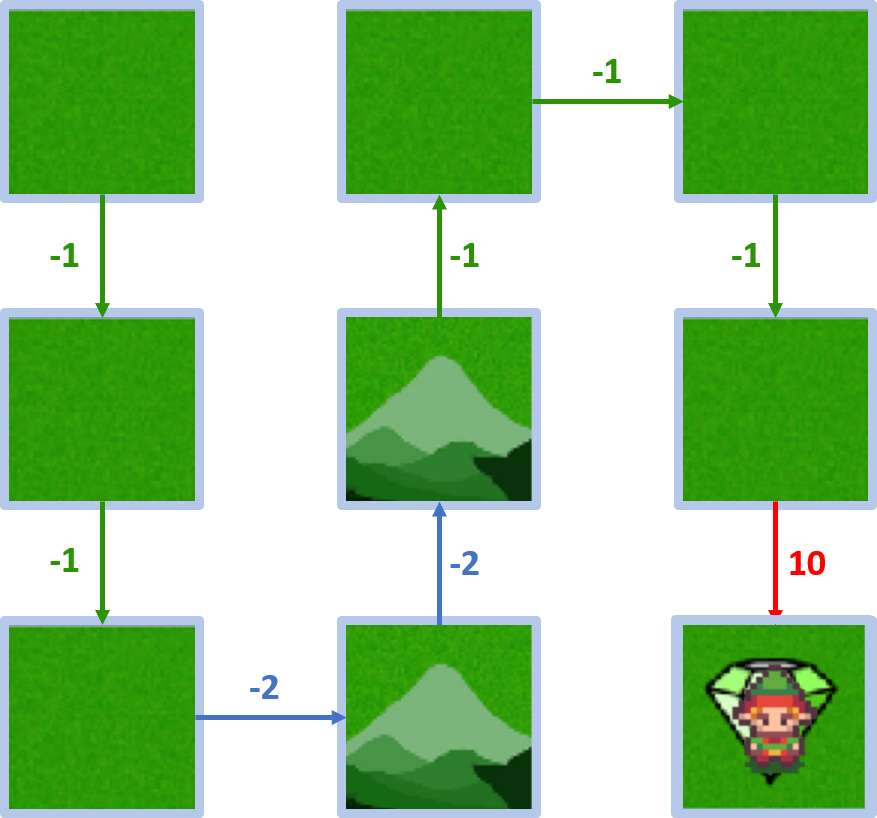
- Starting in goal state, agent doesn't move
- $V(goal \, state) = 0$
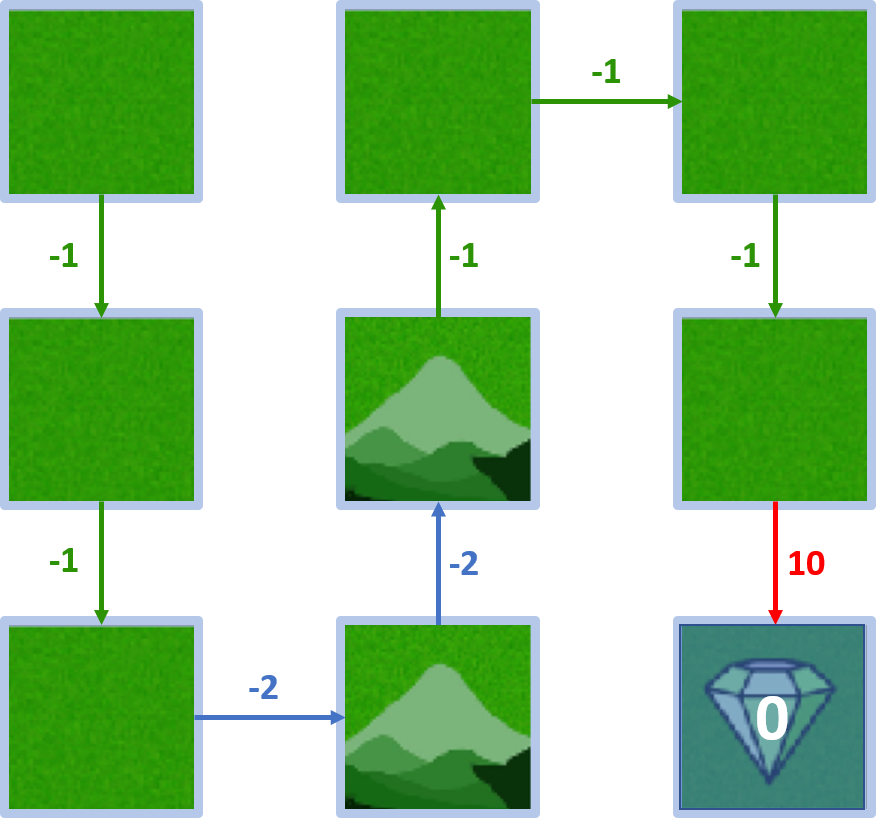
Value of state 5
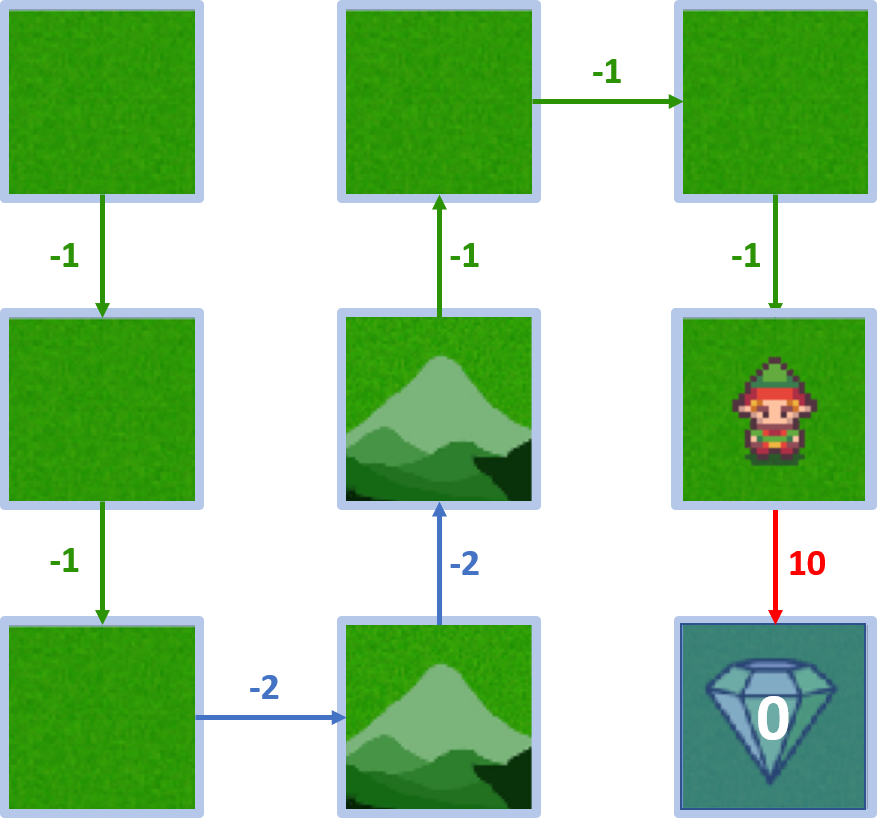
- Starting in 5, agent moves to goal
- $V(5) = 10$
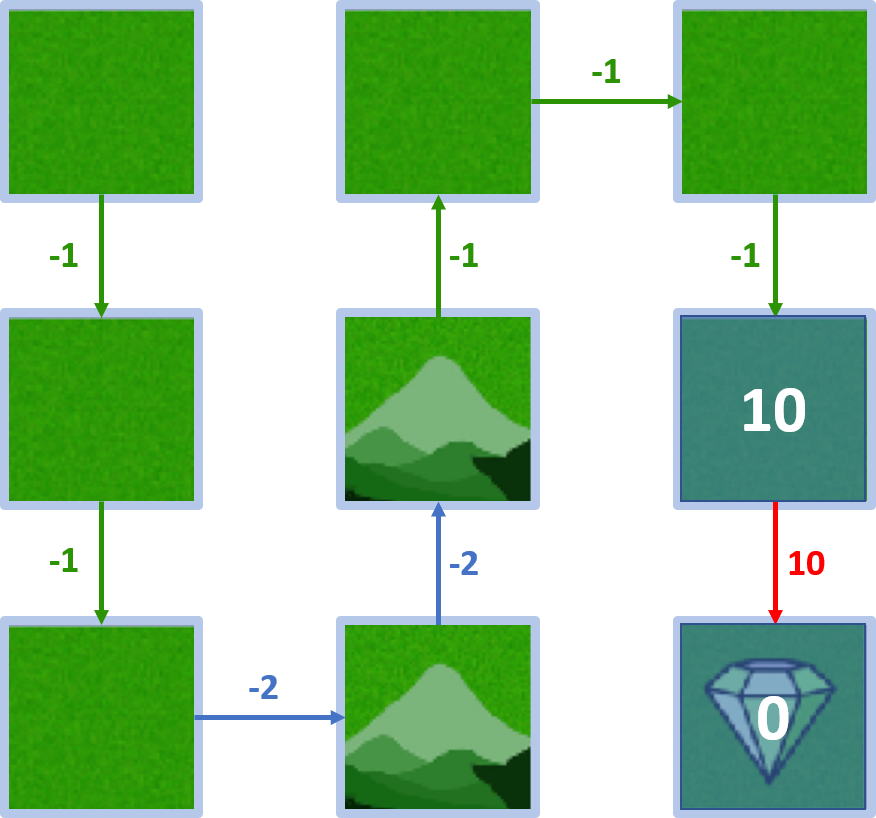
Value of state 2
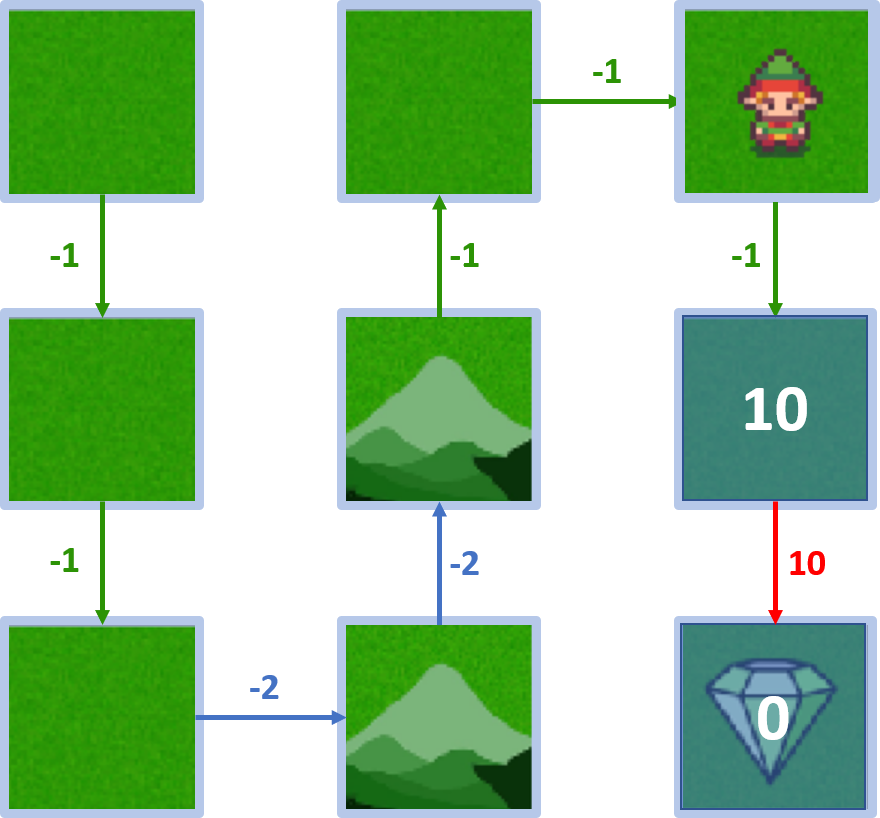
- Starting in 2, rewards: $-1, 10$
- $ V(2) = (1 \times -1) + (1 \times 10) = 9$
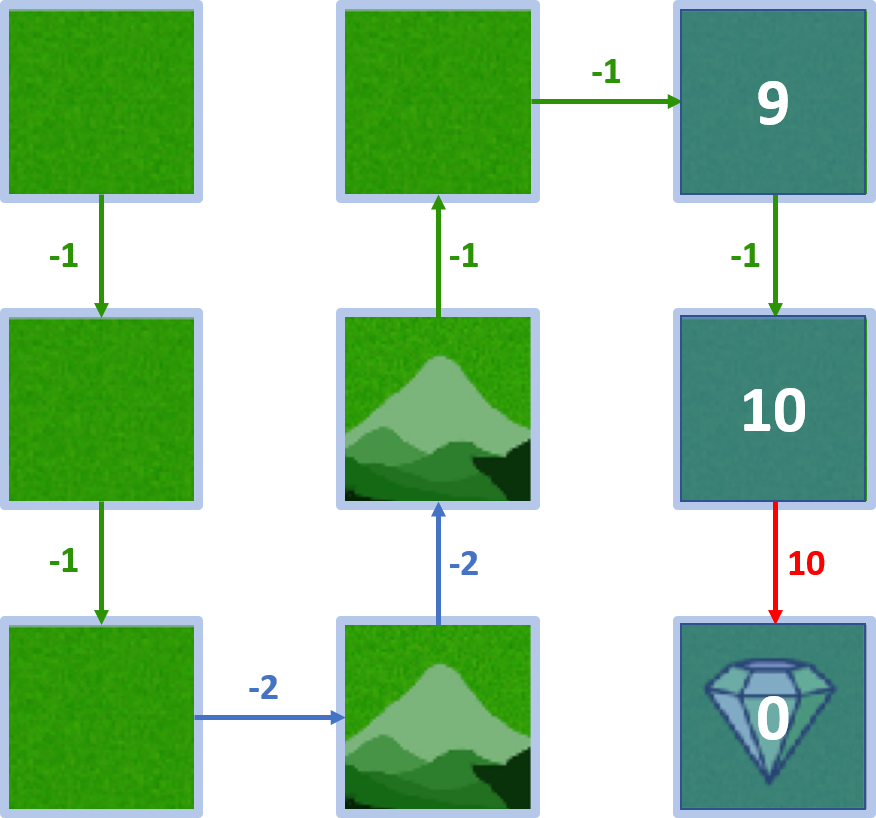
All state values
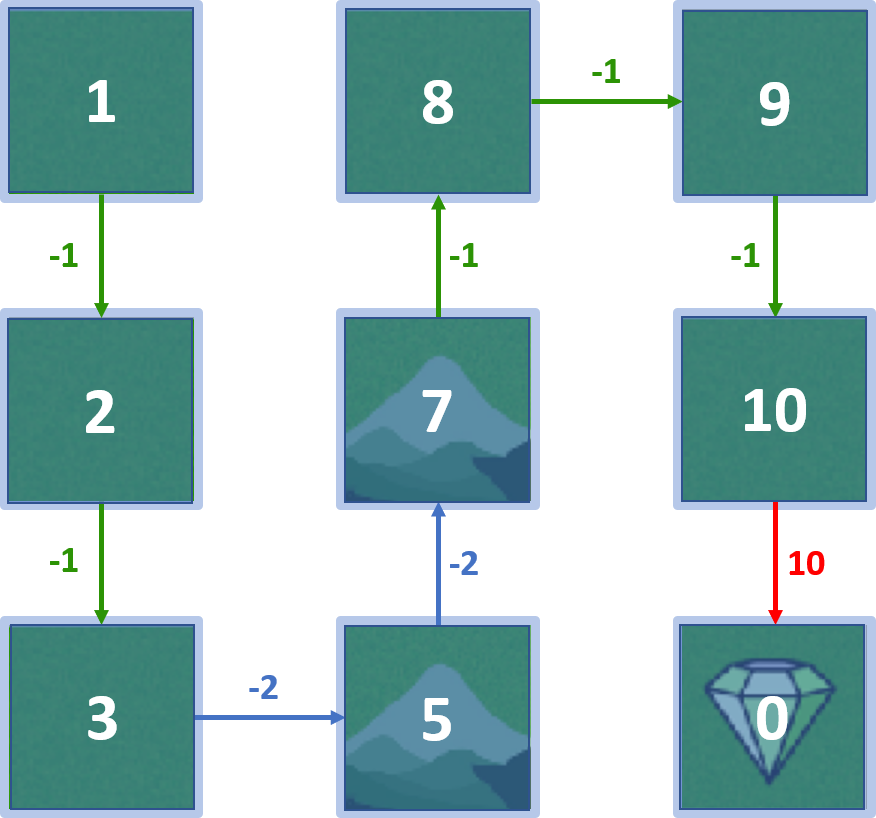
Bellman equation
- Recursive formula
- Computes state-values

Computing state-values
def compute_state_value(state):if state == terminal_state: return 0action = policy[state]_, next_state, reward, _ = env.unwrapped.P[state][action][0]return reward + gamma * compute_state_value(next_state)

Computing state-values
terminal_state = 8 gamma = 1V = {state: compute_state_value(state) for state in range(num_states)}print(V)
{0: 1, 1: 8, 2: 9,
3: 2, 4: 7, 5: 10,
6: 3, 7: 5, 8: 0}

Changing policies
# 0: left, 1: down, 2: right, 3: up policy_two = { 0:2, 1:2, 2:1, 3:2, 4:2, 5:1, 6:2, 7:2 }V_2 = {state: compute_state_value(state) for state in range(num_states)} print(V_2)
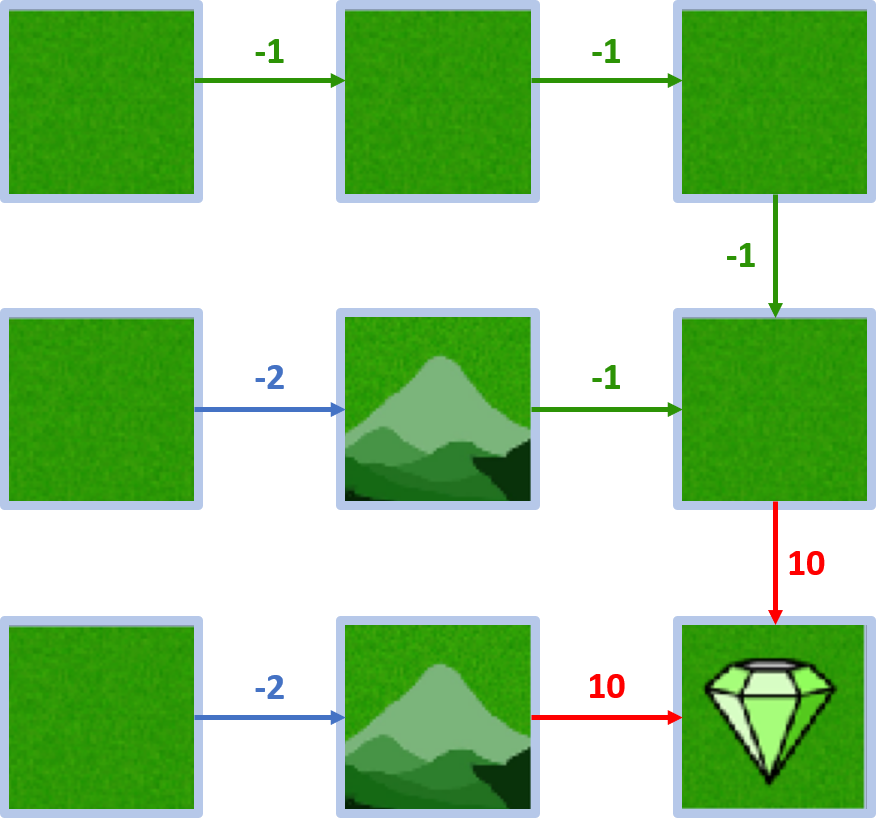
Comparing policies
State-values for policy 1
{0: 1, 1: 8, 2: 9,
3: 2, 4: 7, 5: 10,
6: 3, 7: 5, 8: 0}

State-values for policy 2
{0: 7, 1: 8, 2: 9,
3: 7, 4: 9, 5: 10,
6: 8, 7: 10, 8: 0}
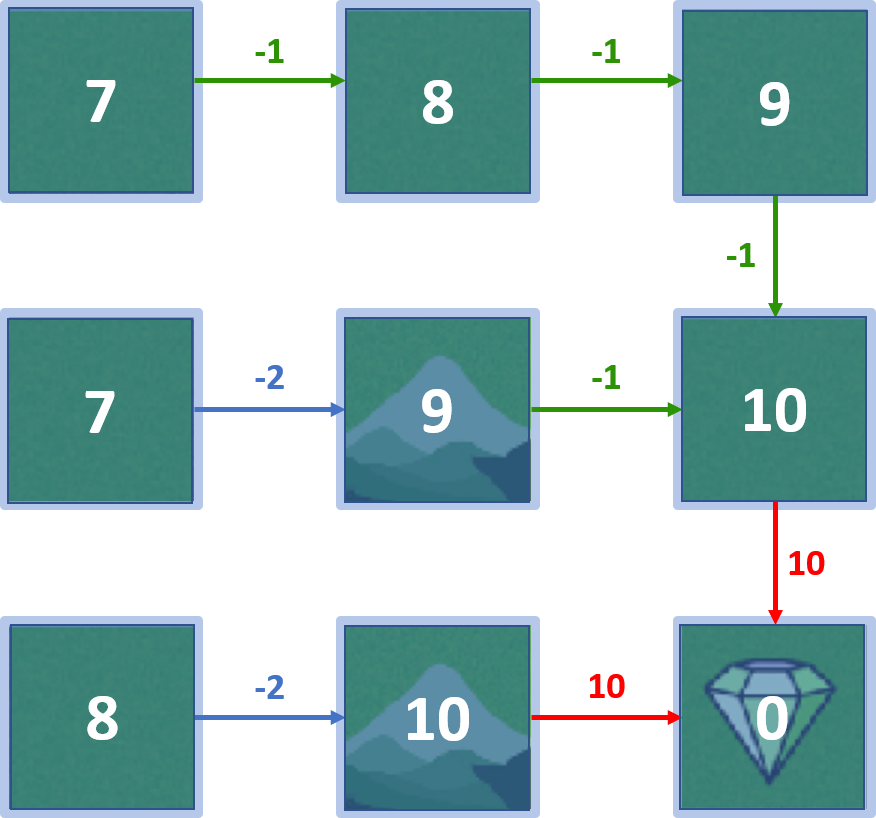
Let's practice!
Reinforcement Learning with Gymnasium in Python

